Types of Japanese masks and their meaning


Masks are one of the most characteristic artistic objects of Japanese culture. Some older japanese masks They have thousands of years of history, used for theatrical functions, dances, and celebrations of all kinds.
So similar and at the same time so different from each other, each of the traditional japanese masks they have their own meaning.
Today they have become part of the Japanese home decor, or as relics of Japanese folklore that recall ancient stories and legends.
We analyze the Japanese masks and their meaning, through the most important pieces that have been used and continue to be used in the country.
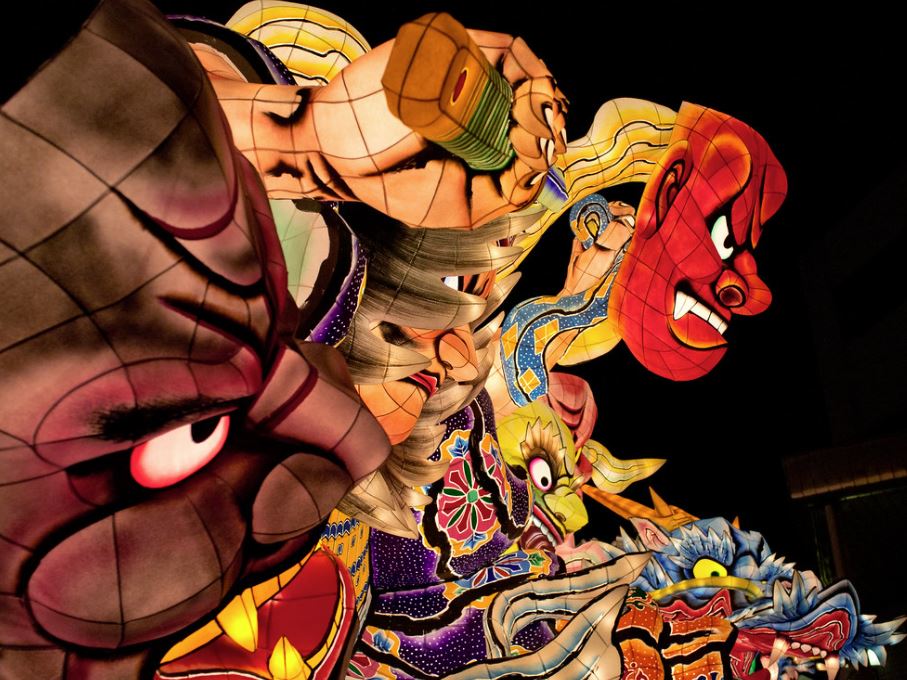



If you also want to take a nice memory of your trip to Japan, learn more about Japanese masks and choose the one that best suits your personality.
In this article you will find ...
What does the Japanese mask symbolize?
The use of Japanese masks dates back thousands of years. During the Jomon period, when Japanese culture was in its infancy, it was common to use masks in religious rituals to cover the faces of the dead.
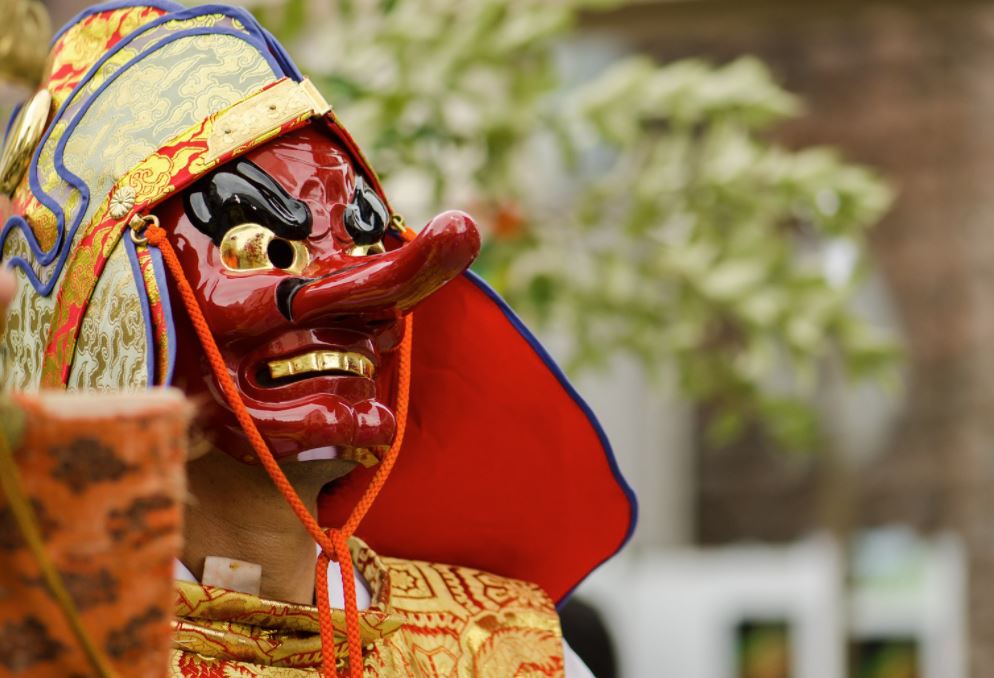



These early masks were made of shell or ceramic. Instead of the current masks, these burial relics lacked eye and nose holes, as the only people who wore them were the deceased for chase away evil spirits.
Little by little, Japanese masks evolved. During the Kofun period, when the Buddhist religion began to spread throughout the Japanese islands, masks were used for different dance or theater festivities and ceremonies.
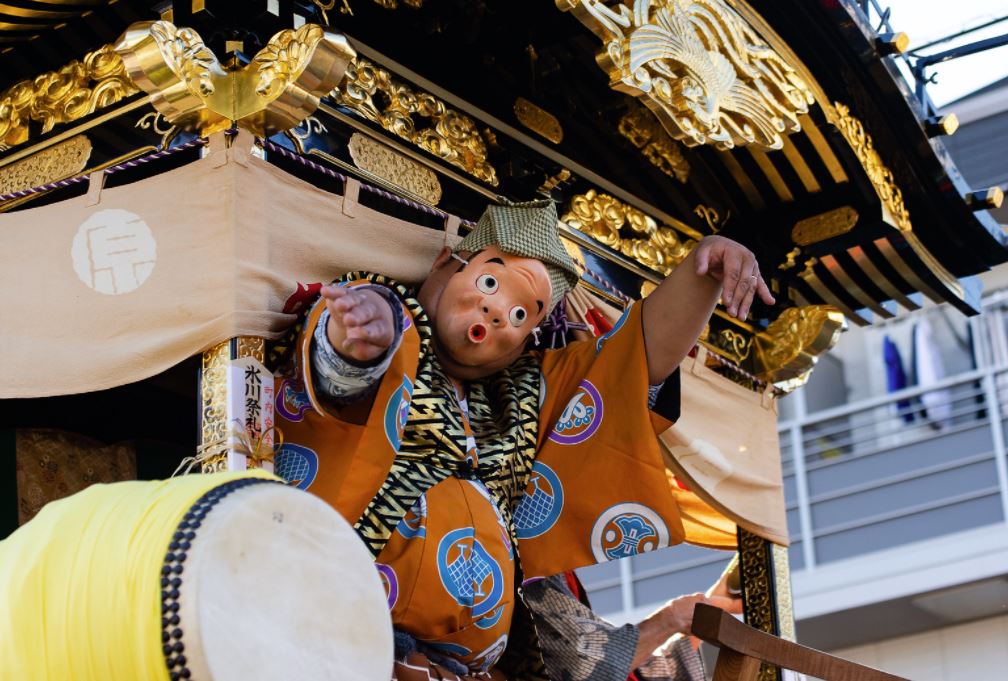



They were wooden masks or any other natural material made by the best craftsmen. Each of the Japanese masks represent different characters from the culture of the country, and even today they are still used on special occasions.
History of Japanese masks
Japanese masks are characterized by representing different Shinto characters, demons and deities, related to animals and other elements of nature.
Although it is not known for sure when masks began to be manufactured in Japan, it is believed that its history dates back to 10,000 BC., as part of the religious rituals in the sanctuaries and temples of the country.




In addition to funeral masks, Shinto monks wore masks representing the kami, or japanese gods, to be able to communicate with them.
The japanese fox mask It is one of the most representative of Japanese Shintoism, and one of the best known inside and outside of Japan.




Over the years, other religious currents such as Buddhism they began to use masks with more complex details.
Made with ceramics, lacquer, paper or wood, the japanese demon masks that covered the entire head or just the face.
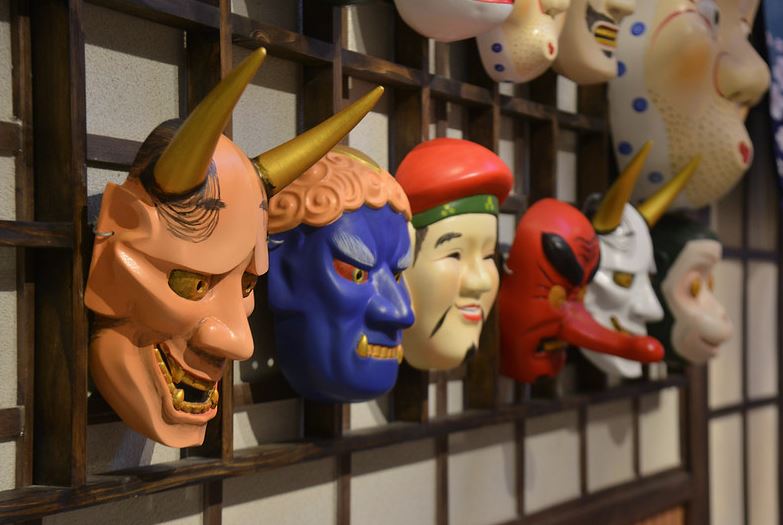



At present, these Asian masks are used in representations like those of the theater noh or the theater kabuki, in addition to Japanese dances that have their origin several centuries ago, and that are part of the cultural legacy of this incredible country.
Traditional Japanese masks and their meanings
Possibly many of the typical japanese masks that have gone around the world.
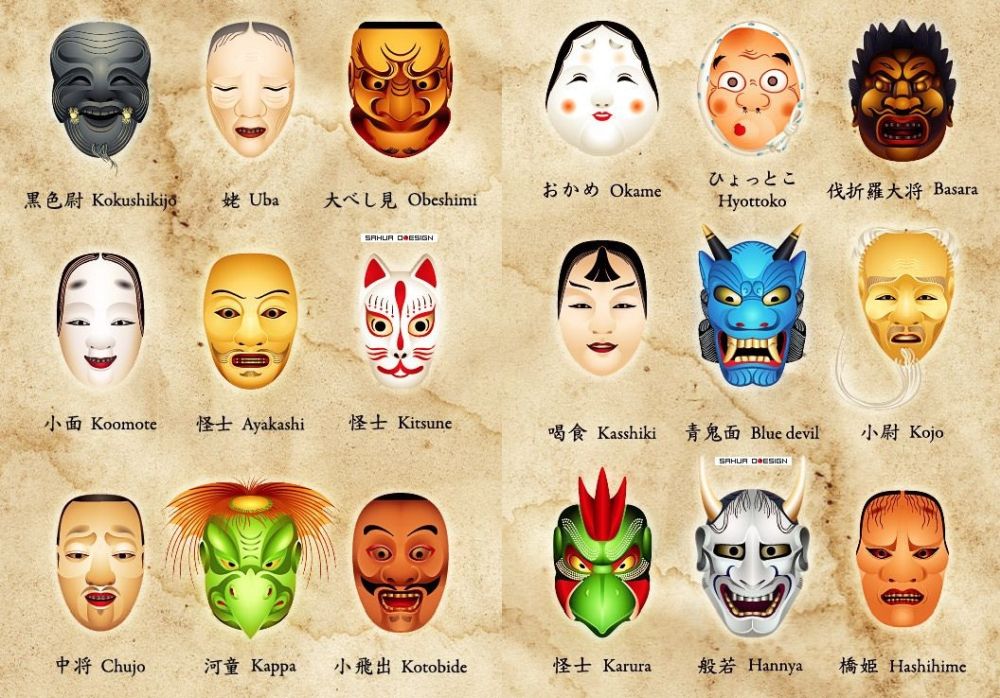



From the classic red mask with a long nose, the Japanese demon mask with horns, or the Japanese white fox mask with red details.
But would you know what the meaning of traditional Japanese masks most famous?




Let's see what name each character and type of mask receives, what does it symbolize and what Japanese holidays they are used on.
Noh theater masks
Popularly known as Noh masks, they are a widely used accessory in representations of the japanese noh theater.
In its beginnings, the Noh or No theater had a few 60 different masks. Today there are hundreds of them, representing the different characters that appear in their shows.




Noh is a Japanese theatrical style that is based on musical drama. It tells stories of traditional literature, through performances and dances in which the actors are dressed in beautiful dresses and masks, gesturing with his whole body.
These masks are made carved in wood, to make them lighter and stronger. Painted in striking colors, they seem to come to life on stage.
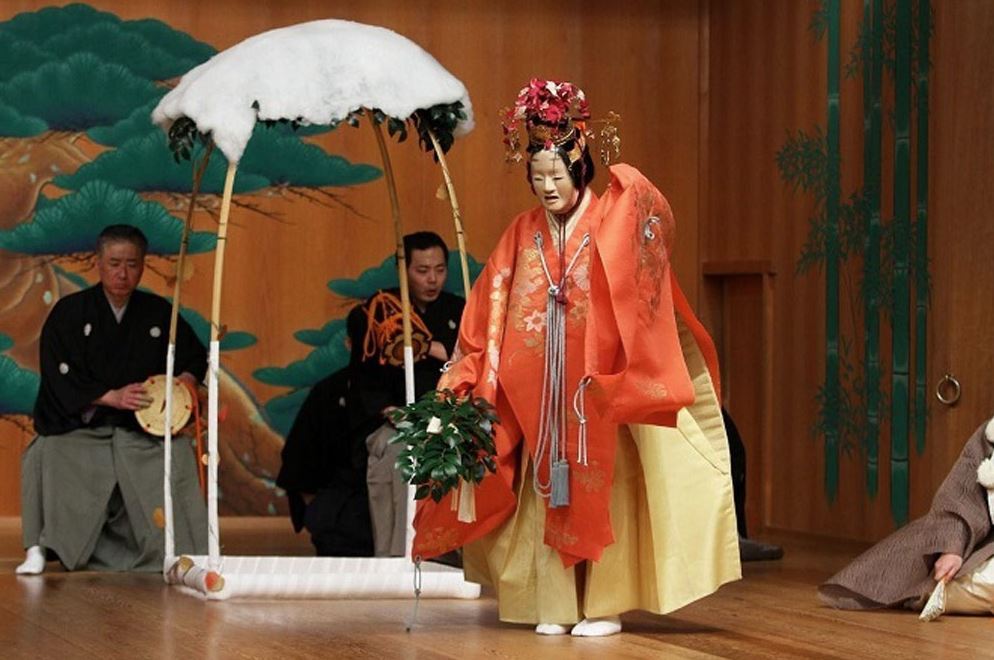



Among the most common are the masks of demons, gods, mythological animals and well-known characters.
Hannya mask
The Hannya mask is one of the most symbolic of Japanese Noh theater. Represents a female demon, with large horns, a mouth with terrifying fangs and long black hair.
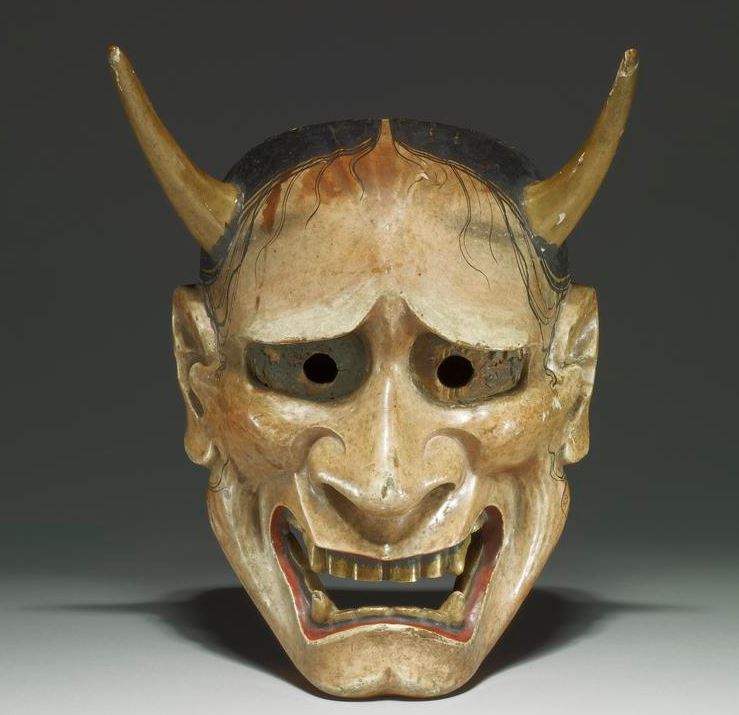



Hannya is a very recurring character around the world to make tattoos with Japanese motifs. According to legend, it was a woman whose husband cheated on her, and seeks revenge moved by anger and jealousy.
Although it is a mask that gives real fear, in Japan Hannya is considered as the best protector against evil spirits. The Hannya mask brings good luck, and therefore it is also used as home decoration.




Find more ideas from black and white japanese tattoos and its meaning through our Alternative Japan blog.
Hyottoko mask
Another of the most common Japanese masks is that of this funny character. Hyottoko's name means in Japanese 'fire and man', and depicts a boy with a characteristic grimace blowing fire through a pipe of bamboo.
Hyottoko is a lucky spirit with a round clown face. His face is covered by a white polka dot scarf, big eyes and cheeks full of air ready to blow.
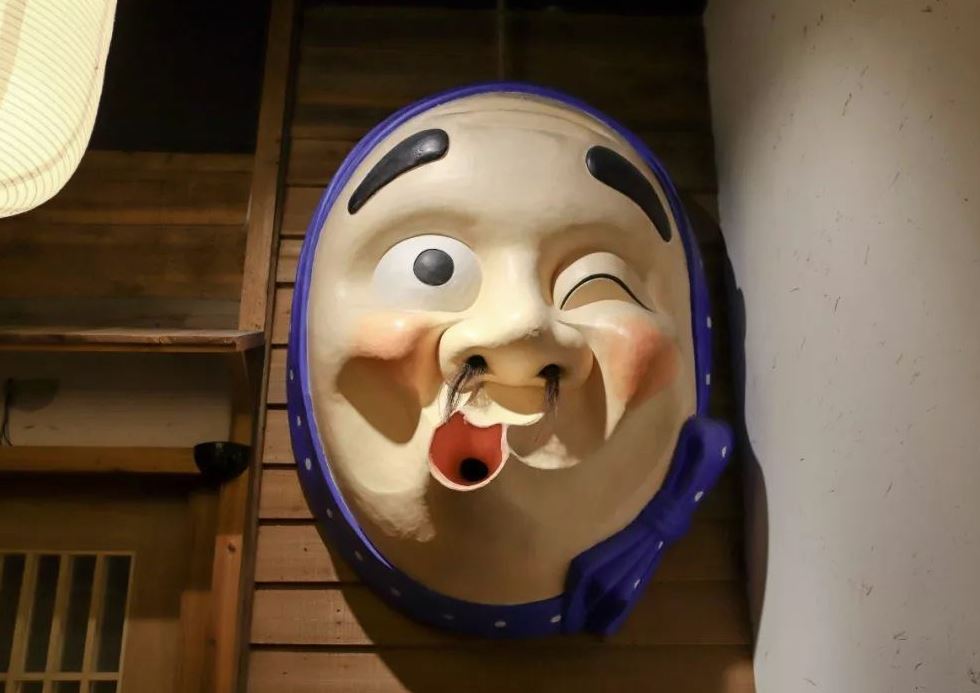



Although for some it may seem a most comical image, in Japan it is considered as the 'God of fire'.
Hyottoko's mask is used both in theatrical performances and in traditional dances in which the dancers who wear them act as a clown or a drunkard.
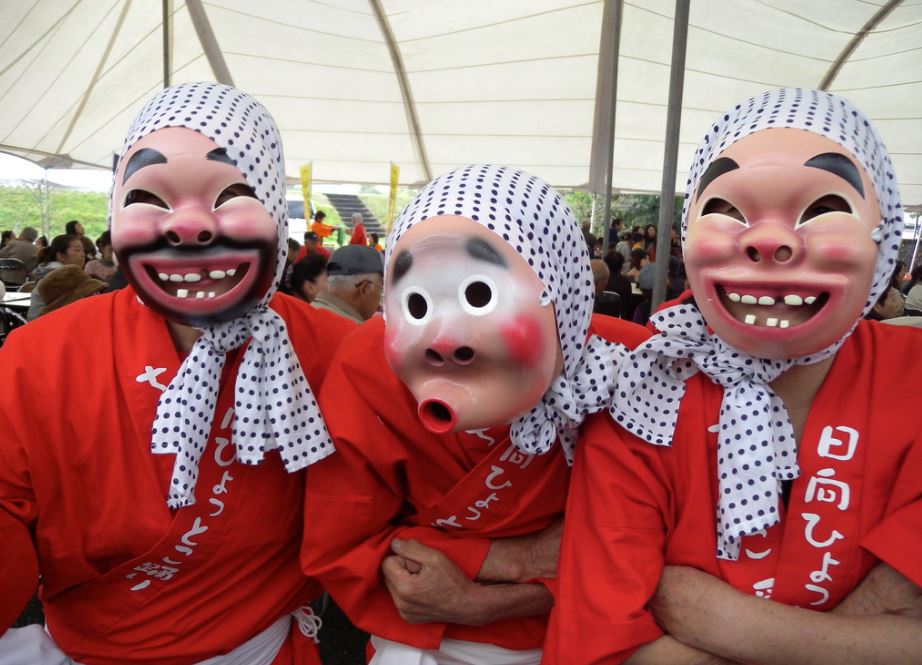



It is also tradition to place this mask on the chimney of the house when a family member passes away, to give good luck to the whole family.
Okame mask
Okama is the female equivalent to Hyottoko's mask. It is a mask shaped like a woman's face, with a small mouth, slanted eyes and plump, flushed cheeks, with a white face like a geisha.
In a traditional way, these masks can be seen together at festivals, theaters, and also for buy in Japanese stores.
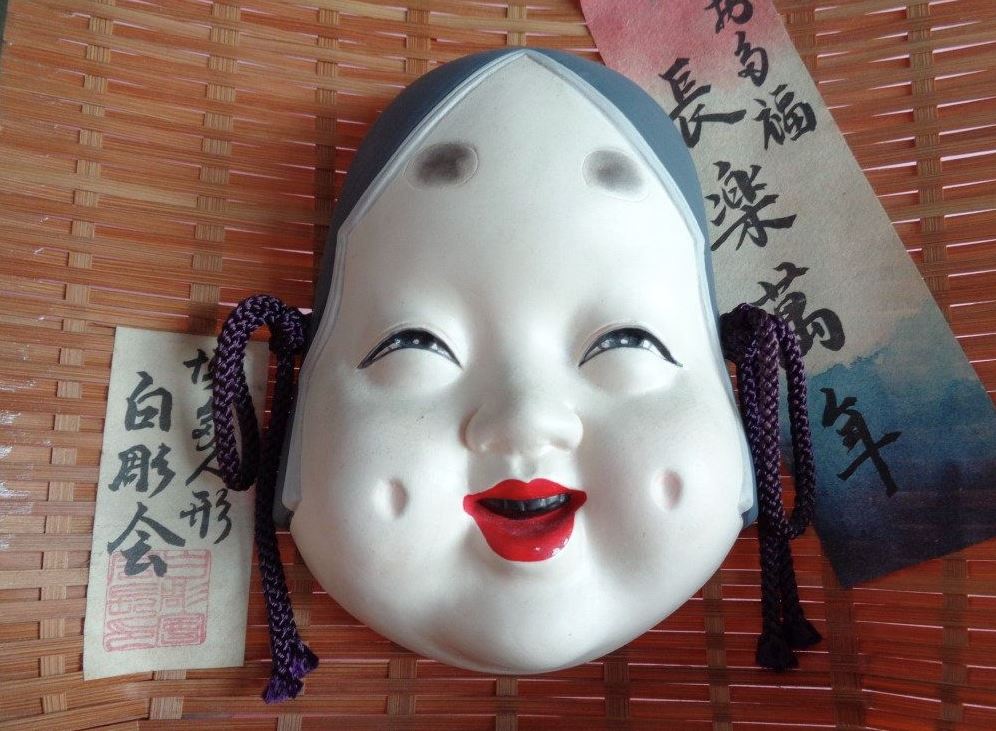



Okame is considered the goddess of joy. Although it is a very simple mask, it became popular in the Kyogen theater performances, a category similar to Noh theater.
At the kyogen theater all the actors are menTherefore, to represent female characters, they used to wear this type of mask.
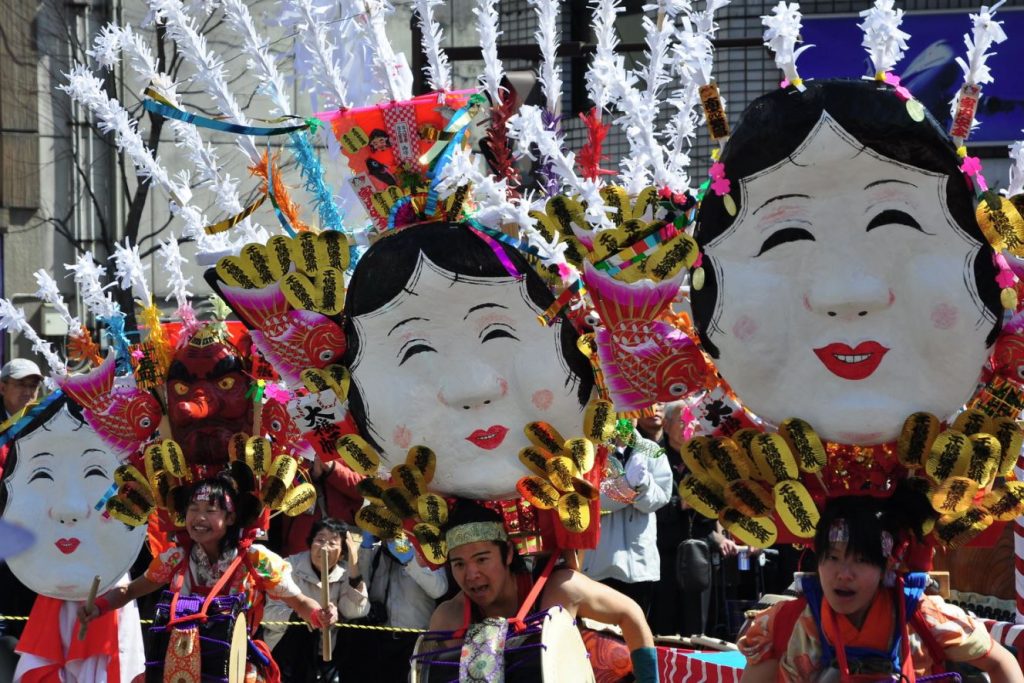



Also known as Otafuku, the character of Okame is a very funny theatrical figure, and feminine beauty ideal of the time. As a decoration in the houses, it also brings joy and good fortune.
Tanuki and Kappa mask
Typical beings of Japanese mythology, Tanuki and Kappa are two frequent characters in traditional plays.
They are small animals that make jokes and they put humans to the test, all of whom have their own distinctive masks.
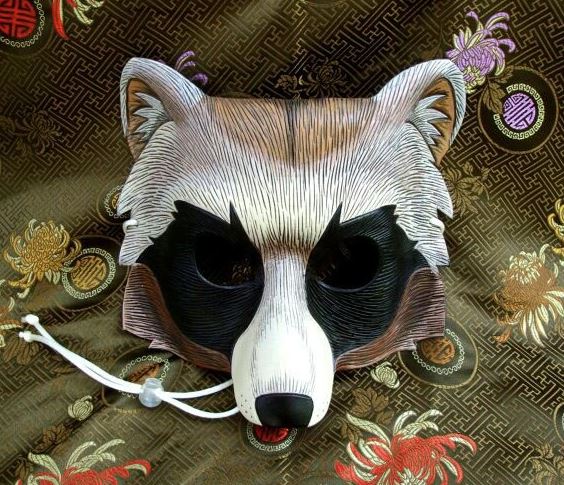



Tanuki is a very funny japanese badger, which transforms into human and animal form to laugh at its victims in the middle of the forest.
Kappa is a stranger animal, with turtle shell and bird beak, regarded as the protector of crops.
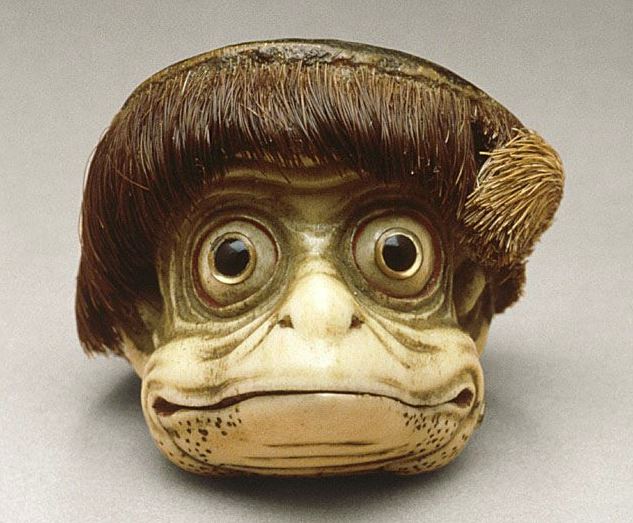



These and other animals, of which there are many Japanese masks, are endemic to the country.
If you want to know others very adorable japanese animals, do not miss this fascinating compilation that we have made in Alternative Japan.
Kitsune Mask
The Japanese fox mask is another of the most common and known throughout the world. Kitsune is the most famous fox in Japanese mythology, messenger of the god Inari, and protector of rice crops.
Kitsune masks are typical of the end of summer festivals that are celebrated on the occasion of the harvest of cereals.




Although they are also used in some theatrical performances, they are more frequently seen in parades and celebrations related to Shinto rites.
Kitsune's real mask is white with red details. There are other types of masks of different colors, which may vary depending on the area of the country or in some specific sanctuaries.
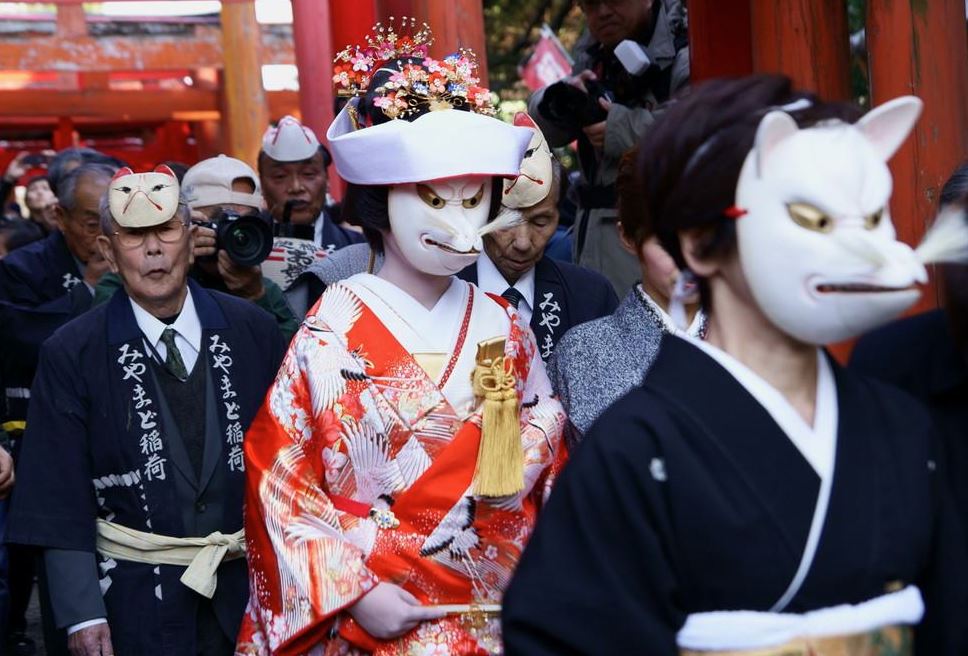



Even though this albino fox looks the most adorable, his intentions with people are bad, protecting nature against the damage caused by humans to plants and animals.
To learn more about Kitsune, check out this blog post where we tell you all the details about this Shinto character.
Tengu mask
Tengu is one of the most feared names in the Japanese country. The Japanese demon Tengu is represented by a character with an intense red face, elongated nose shaped like a bird's beak and big wings.
Present in many japanese movies, anime and manga comicsIt is also one of the best known Japanese masks.
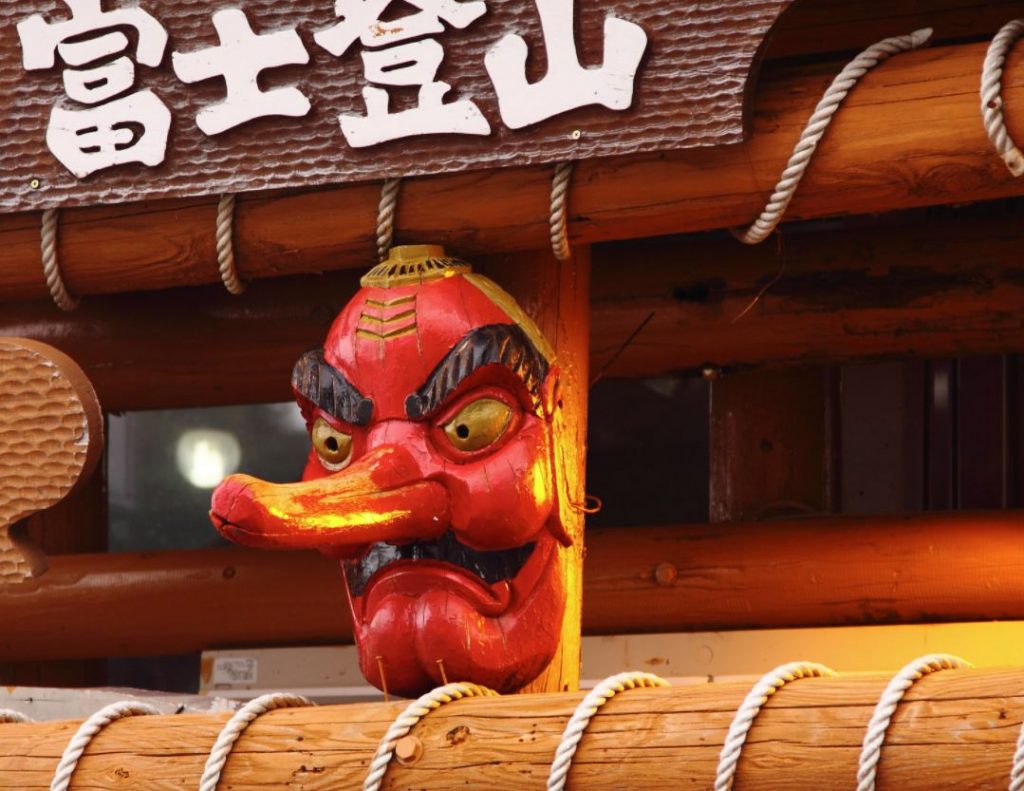



This Japanese demon mask is used in Noh theater performances, and also in some Shinto festivals. It's a God protector of mountains and forests, admired in some rural areas of Japan.
With that angry expression and terrible face, it is believed that he scares evil spirits and ward off bad luck.
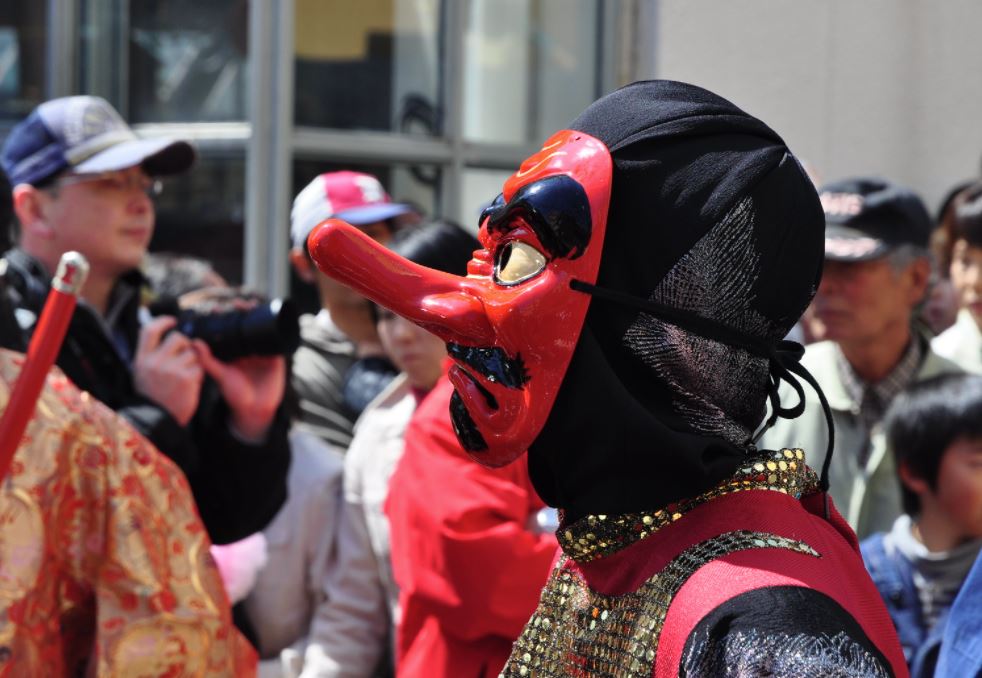



For this reason, and because of the typical red color of this Japanese mask, which good luck in japan, It is widely used as a decorative object in homes, shops and restaurants.
Do you want to know other japanese demons as terrible as Tengu? Do not miss this complete post in which we collect the most curious mythological characters and their meaning.
Oni Mask
Another one of the names of the demons and monsters (yokais) that exist in Japan more named inside and outside the country is the Oni.
This terrible monster is the greatest fear of Japanese children, represented as a great ogre with red skin and fearsome fangs.
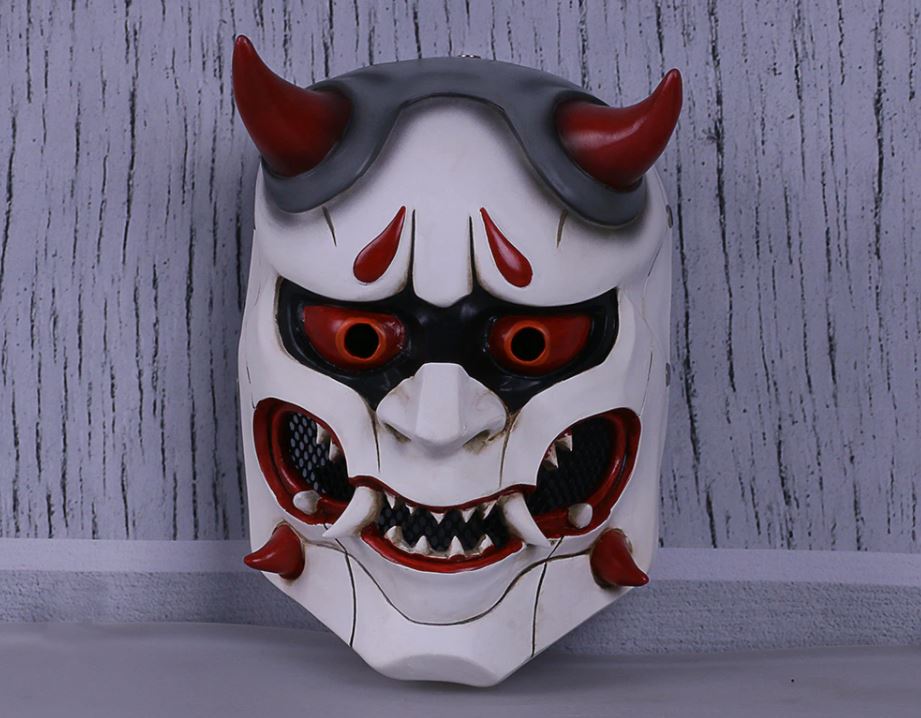



The Japanese Oni mask is very popular with children, and can be bought in any toy store or in street markets.
Virtually any Japanese child has their plastic Oni mask, taking center stage on Setsubun day, the Bean Launch Festival.
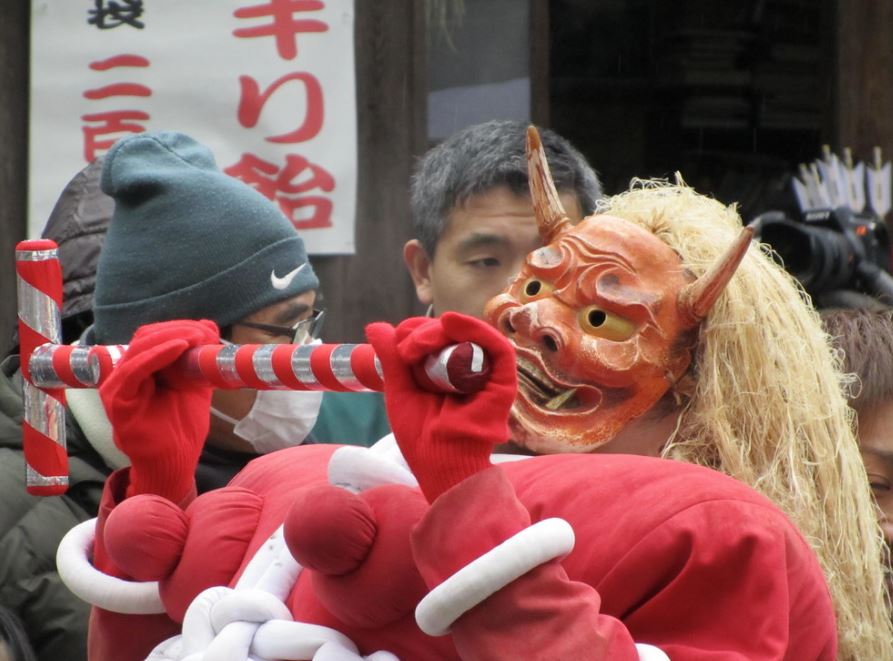



It is typical that in this celebration there have been representations and parades in which the actors dress as Oni with ugly masks.
Children throw beans at them to protect yourself, allowing good luck to accompany the whole family throughout the year.
Kabuki Masks
Although the Kabuki theater does not use masks in a traditional way, today it is typical to find in Japan kabuki masks as decoration objects or to take away as a souvenir.
These Japanese theater masks they imitate the classic makeup of the actors, with white and red colors, as well as other types of decorations.
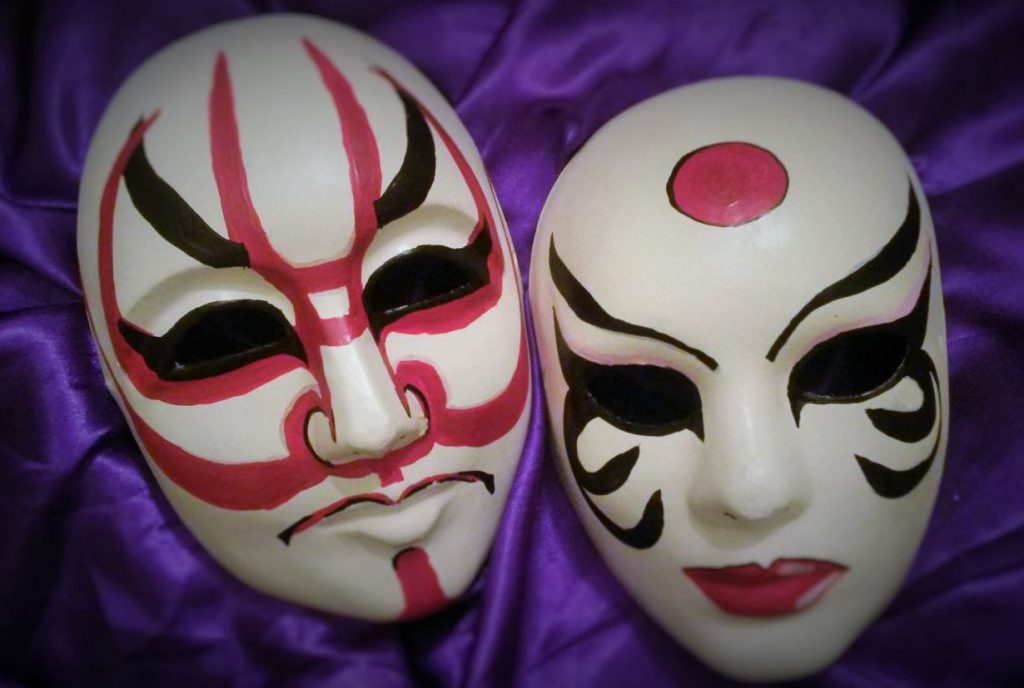



The actors of the kabuki theater they paint their faces white using rice powder, and then mark other details with different colors according to the character they have to interpret.
If you want to take a kabuki mask as a souvenir, keep in mind that to paint the lines, each color has its meaning.
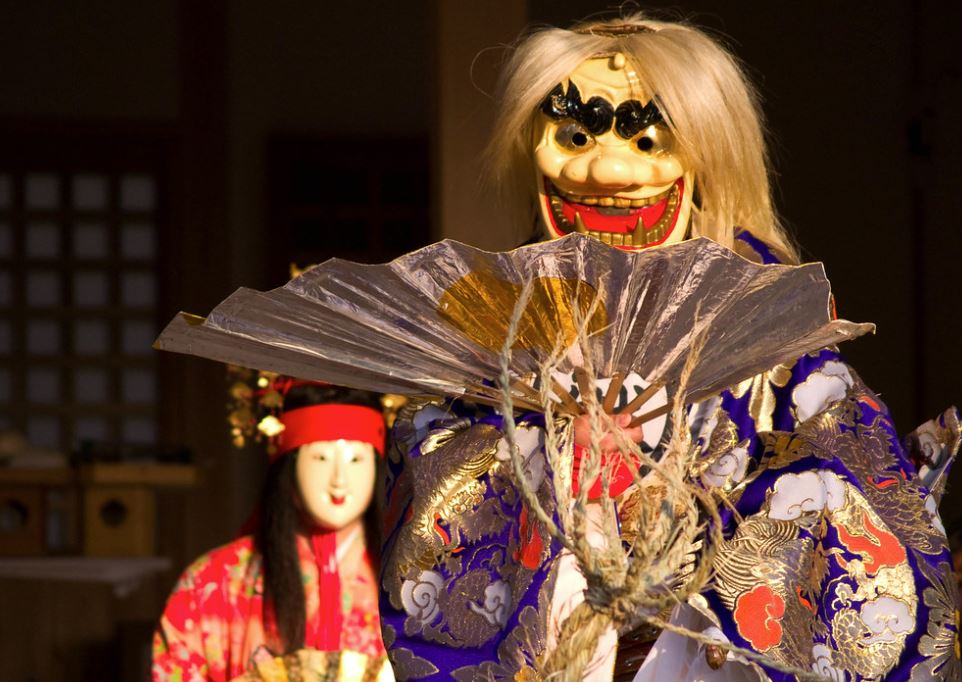



The red lines represent the passion and love, while the blue or black are the jealousy. The purple lines are for characters from the nobility, and green ones for gods and supernatural beings.
Do you want other japanese gift ideas to take with family, friends, or to have a nice memory of your vacation in Japan? Discover the best recommendations in this post from our blog Alternative Japan.
Samurai masks
Lastly, we highlight one of the typical masks whose usefulness was very different from the previous ones.
We refer to samurai masks or Mengu mask, whose function was to protect the faces of warriors during battle.
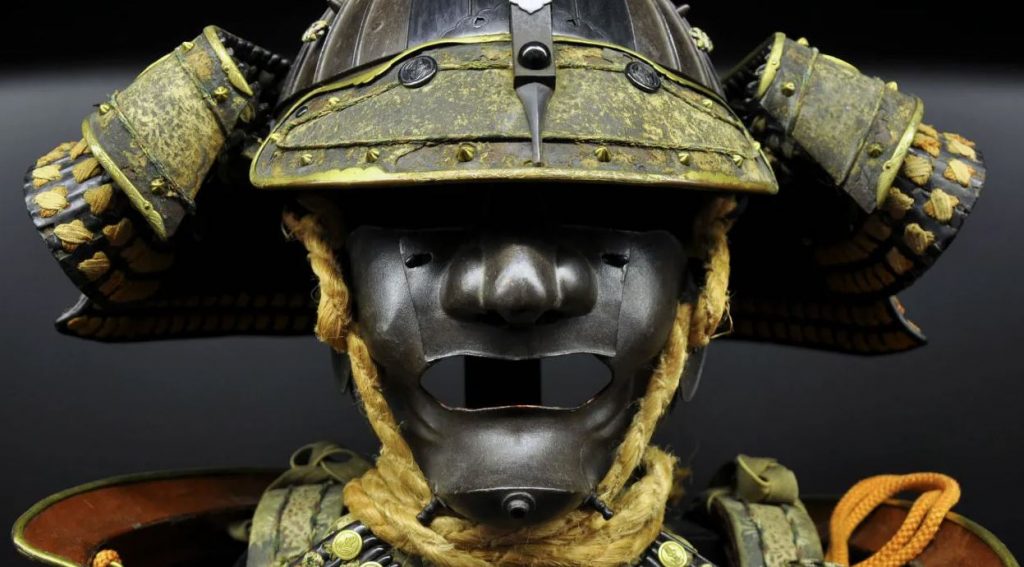



While the earliest samurai masks were simpler, the most important warriors they customized theirs to be easily recognized by their adversaries.
It was common to give them a fierce look by adding whiskers, large fangs and a malicious look, according to the personality of each one.




Japanese samurai masks were part of the armor. exist 3 types of masks according to the shape and size:
- The More expensive somen, which covered the whole face.
- More expensive menjo, which covered the nose and chin but not the eyes.
- The More expensive happuri, which covered the forehead and cheekbones offering a greater field of vision.
Where to buy Japanese masks?
Buy Japanese masks in Japan
In Japan it is very common to find stalls selling traditional masks anywhere craft market.
These too sold at festivals, souvenir shops with other beautiful typical Japanese souvenirs or thrift shopping.
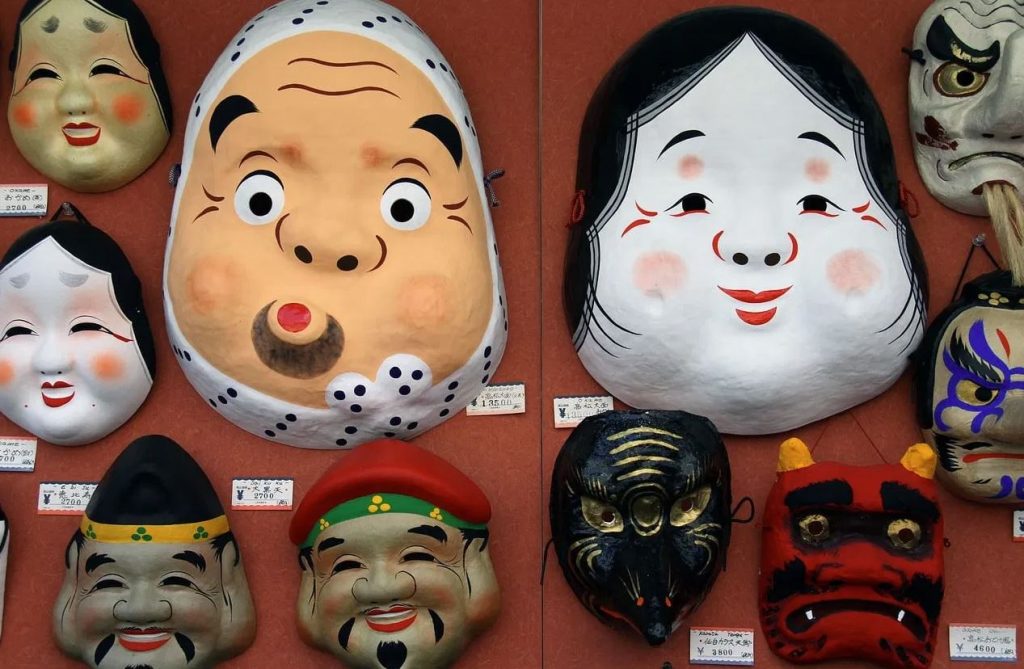



In each area of the country there are typical masks, or the shape of introduce traditional characters.
Japanese masks are usually carved in wood, in bamboo, made with ceramics, paper, glass, and even stronger and lighter plastic materials.
Buy Japanese masks online
Have you already traveled to Japan and wanted to bring you a beautiful Japanese fox mask? Do you want to give your children a gloomy mask of the Japanese Oni demon? !You can also buy them online!




Buy Masks
Through the Amazon's online sales platform You have handcrafted masks of all kinds at your fingertips, with very varied prices and very good opinions.
If you are looking for even lower prices, do not miss the selection of Chinese masks that there are in the Aliexpress store.
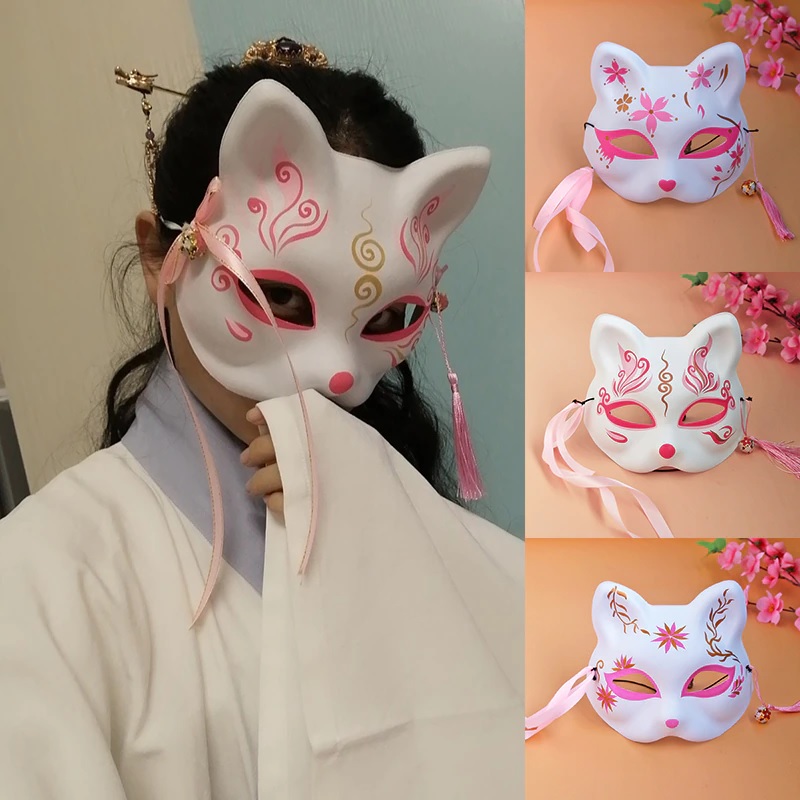



Buy Masks
With a perfect imitation, you can get a authentic Kabuki mask, Kitsune masks, a cat mask or a samurai mask to disguise yourself, for much less than you imagine.
Now that you know all the types of masks and their meaning, you can make your best choice to dress up or decorate your favorite corner of the house.
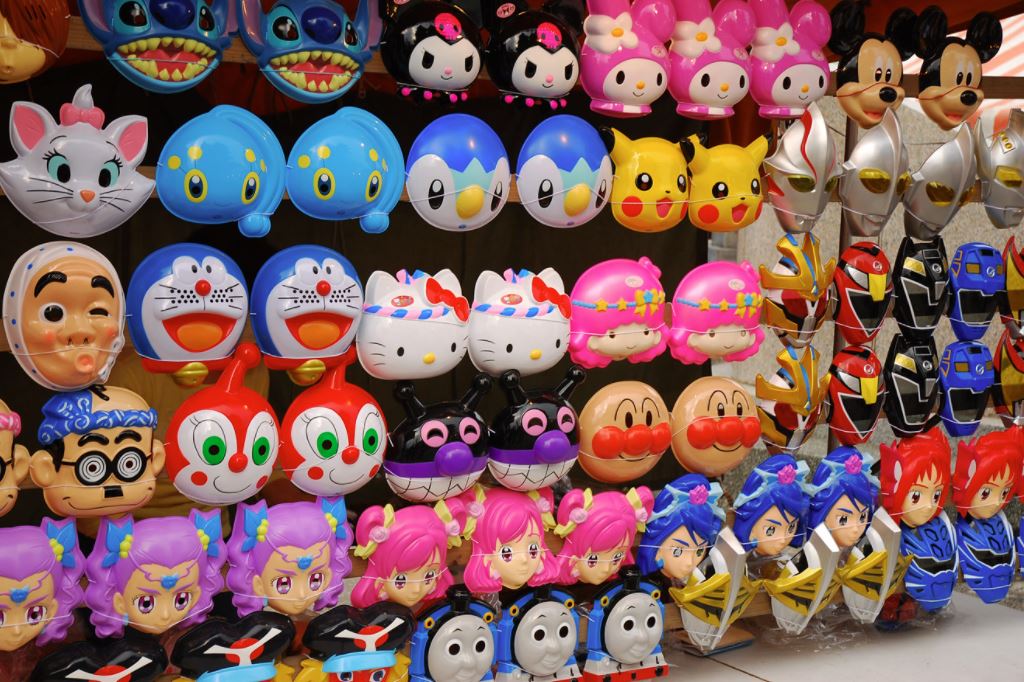



Choose your favorite among all the traditional japanese masks, and call for good luck as they do in Japan.
Passionate about travel and completely in love with Japan. Never has a country conquered me so much. Join our group of Backpackers in Japan on Facebook or our whatsapp group and interact with other travelers. Get the best discounts and bargains in groups! Do you have any question? Enter the groups and solve your doubts with other users 🙂
👇 Can you help us keep alive Alternative Japan? Thank you! 👇




🎌 Do you want the best organized trip to Japan in Spanish? The best value for money and with Spanish guides who live in Japan 🙂
✅ Upcoming departures: 2022
🏯 Fixed itineraries, tailor-made, excursions and much more. Request information clicking here 👌
Leave a Reply